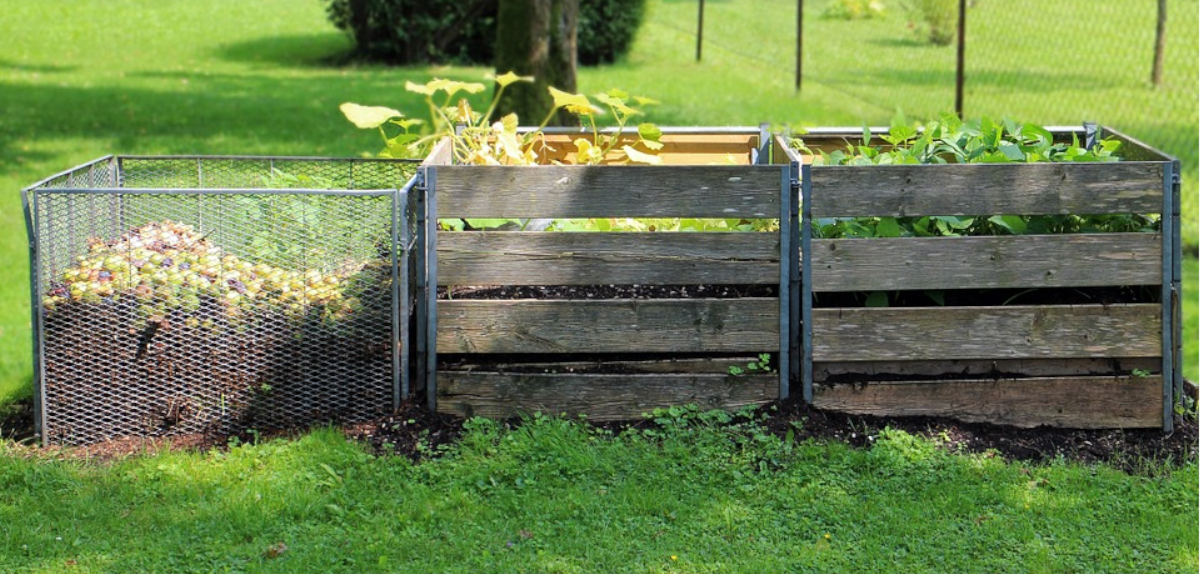
Organic waste produced in the home essentially comprises left over fruit and vegetables, meat and fish, eggshells, seafood and nutshells, other leftover food, coffee grounds and herbal teabags, cork stoppers (without plastic or other materials), matches and sawdust, soiled kitchen paper and small-size garden waste. All of these are biodegradable.
Plastic, metal, etc. are difficult for us to recycle without complex machinery and industrial processes. Biowaste or organic waste, on the other hand, is very simple to recycle at home if we know how.
In years past, most of the waste produced by society was organic and was disposed of in ditches on the outskirts of settlements, cities, etc. In ancient Rome, for example, farmers who went to the market in the city to sell their produce would take back the organic waste they could with them to make compost for their orchards.
The waste management model changes as our model of consumption changes.
One example is ashes, which in the thirties was one of the major waste products, although later, with the arrival of electricity, chimneys and stoves were used less and therefore produced less of this type of waste.
Later, in the sixties, the first plastics began to appear. And in the seventies, the use of glass surged, only to drop steeply due to selective collection and disappeared as unrecyclable waste.
And what happens then? Organic waste management becomes more complicated when metal, glass, cardboard or plastic appears in rubbish bags, because they cease to be full of mainly organic waste and become a mixture of many difficult to recycle materials due to their complex composition.
What years ago used to be separated and recycled is now all mixed together and requires sorting again. How? With our cooperation. It is we who have to separate it, as no other more efficient way of achieving this exists.
WAYS OF MANAGING BIOWASTE
Without collecting or transporting biowaste (it remains where it is produced):
- Home composting. This is carried out in the home (garden, terrace, balcony, even inside the home itself). People are responsible for bringing the cycle of organic matter full circle by transforming it into compost in their own garden or home. One example: door-to-door waste management in El Boalo-Cerceda-Mataelpino.
- Communal composting. Composters for collective use are situated in the communal gardens of residential blocks, public spaces, schools and similar buildings where the residents of a municipality or district can leave the organic waste produced in their homes. This model requires minimum organisation and promotes social cohesion. The compost produced can be reused in the garden area or communal orchard. One example: the project being implemented in the district of Hortaleza.
As regards the collection of biowaste, by minimising its transport:
- Decentralised processing at local plants. This is provided to local farmers and live stock owners and they manage it for their own use. One example: MadridAgrocomposta. It also includes the processing of the trimmings from public gardens, cemeteries, hospitals, etc. by municipal workers. It enables reutilisation at source with the minimum waste collection and transport. One example: the Composting Plant at Migas Calientes where plant-based waste from the public gardens of Madrid is turned into compost.
- Centralised composting. In this case, the organic matter is the result of selective collection in the home. This requires municipal collection infrastructure and the building of municipal composting plants as central facilities for management of this type of waste. One example: the selective collection of organic waste in the city of Madrid.
Which is the best system?
It depends on several factors: the characteristics of the area, town or city, population density, public custom, the type of dwellings, etc. Projects must be designed for each location, bearing in mind that several complementary models may exist in the same municipality!
.
